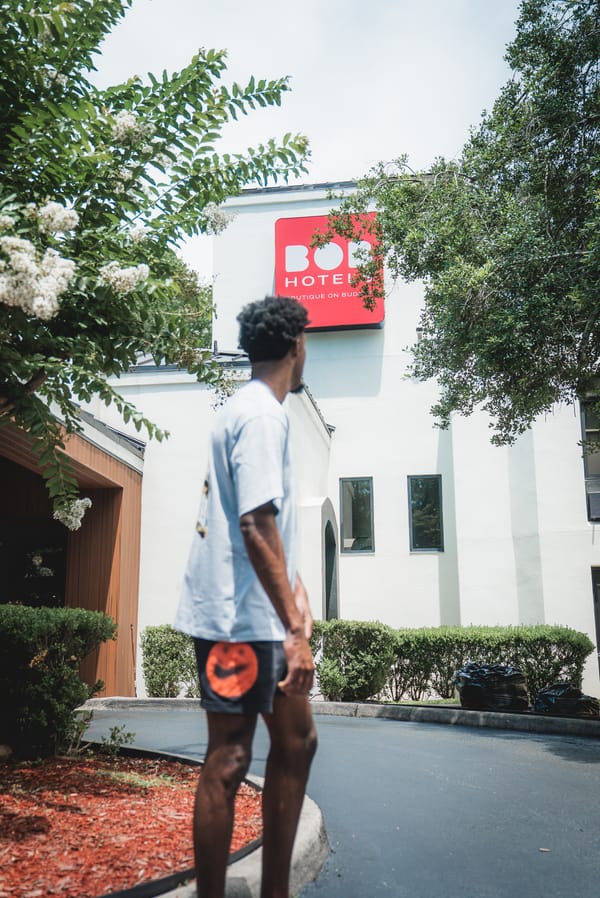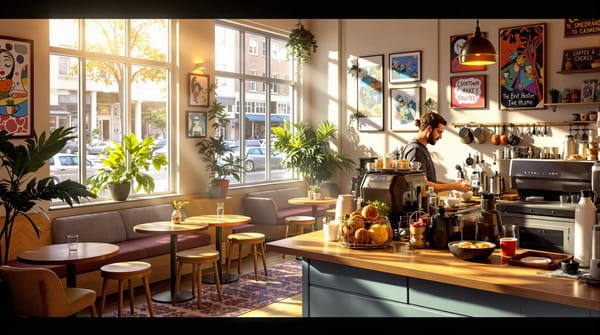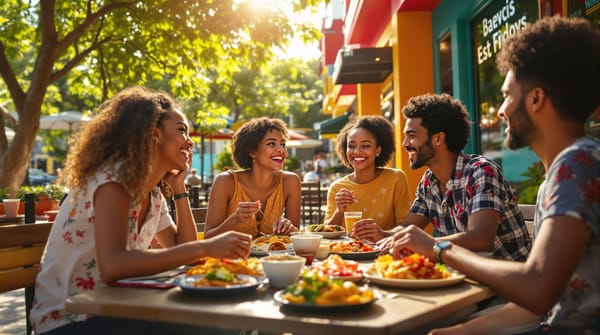How Social Media Shapes Travel Choices
Explore how social media influences travel choices, from destination selection to cultural perceptions, and the importance of responsible tourism.
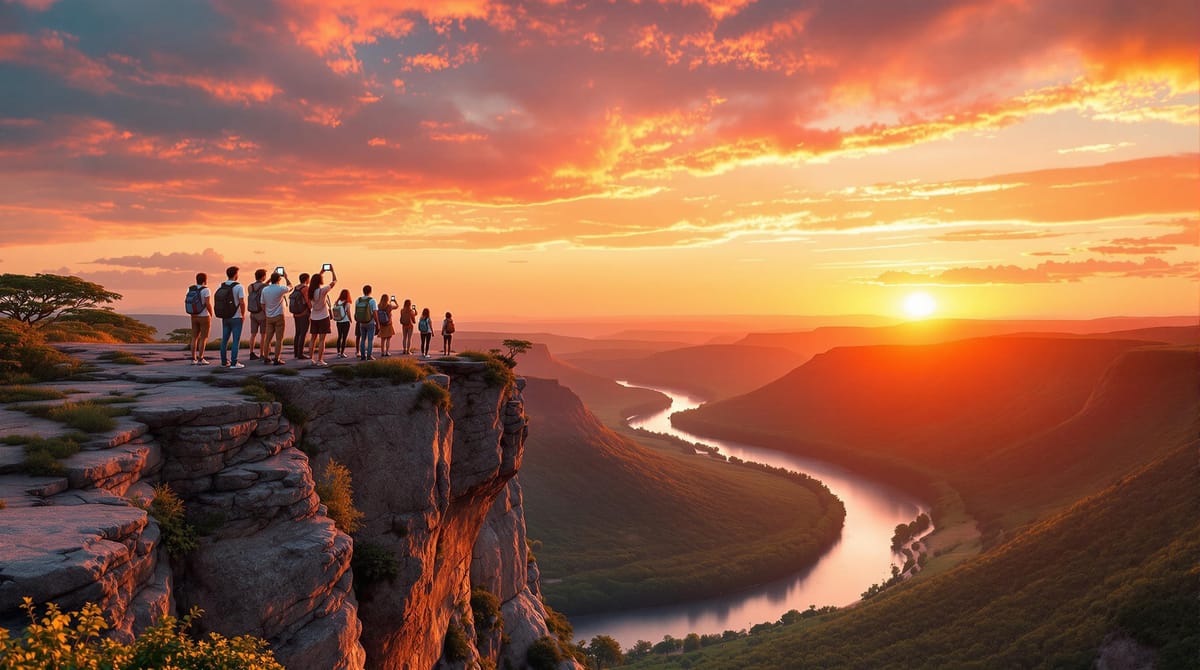
Social media has transformed how people plan their trips. Here’s what you need to know:
- 75% of travelers use social media to choose destinations.
- Platforms like Instagram, TikTok, and Pinterest inspire travel decisions, especially for Gen Z (81%) and Millennials (75%).
- 68% of Americans post their travel experiences online, influencing others.
- Social media impacts not only where people go but also how destinations and cultures are represented.
Quick Overview:
- Instagram: Visual storytelling inspires dream destinations (46% of Gen Z influenced).
- TikTok: Short videos highlight hidden gems and local experiences (53% of Gen Z use it for ideas).
- Pinterest: Perfect for detailed trip planning and organization.
However, social media also raises concerns like sustainability, overcrowding, and cultural misrepresentation. Travelers and businesses must focus on responsible tourism, accurate cultural portrayals, and supporting local communities.
Want to make the most of social media-driven travel? Start with genuine experiences and diverse, balanced content.
8 simple strategies to get your Instagram poppin before 2025
Social Media Platforms Influencing Travel Behavior
Different social media platforms influence travel decisions in unique ways, thanks to their specific content styles and how users interact with them. The impact varies across age groups and platforms.
Instagram's Power of Visual Storytelling
Instagram's focus on stunning photos and Stories turns even ordinary spots into dream destinations. This platform has a strong pull on younger travelers, with 46% of Gen Z saying Instagram directly impacts their travel plans [2]. By mixing professional shots with user-generated content, Instagram creates a perfect showcase for destinations.
TikTok's Impact on Travel Discovery
TikTok has become a major player in travel inspiration, especially for younger audiences. Its short videos highlight lesser-known spots, cost-effective options, local experiences, and quick tips. A recent study found that 53% of Gen Z users turn to platforms like TikTok for travel ideas [1]. TikTok’s algorithm does a great job of bringing unexpected travel content to the forefront, helping users discover places they might not have thought of. Its focus on local experiences also shapes how users view and engage with different cultures.
Pinterest's Role in Organized Travel Planning
Pinterest stands out as a go-to platform for detailed trip organization. It’s perfect for creating visual boards with saved articles, photos, packing tips, and budget ideas well ahead of time. Unlike platforms that focus on instant interaction, Pinterest supports thoughtful, long-term planning by combining inspiration with practical tools.
Social media has reshaped how people find and plan their trips, giving user-generated content more influence than traditional marketing. This shift has led travel businesses to rethink their strategies, emphasizing authentic experiences across multiple platforms. Beyond just inspiring trips, these platforms also shape how people perceive cultures and destinations.
Cultural Representation in Social Media Travel Content
Social media plays a major role in shaping how cultures are viewed, especially among younger travelers. With 35% of consumers turning to social media for travel ideas [1], these platforms have become essential for discovering and connecting with different cultures.
How Cultures Are Shown on Social Media
Social media has changed how people learn about and engage with various destinations. The way cultures are presented online directly influences how travelers perceive and select where to go. When cultures are portrayed accurately and inclusively, it can encourage more people to visit, as they feel a sense of connection and representation.
However, not all cultural portrayals on social media are accurate or inclusive. Misrepresentations can create challenges for both travelers and the destinations being showcased.
The Problem with Stereotypes in Cultural Portrayals
Stereotypical content on social media can distort travelers' expectations and understanding of a destination. While eye-catching visuals often grab attention, they can sometimes oversimplify or misrepresent local cultures.
| Content Type | Impact on Travelers | Potential Consequences |
|---|---|---|
| Local Stories | Builds cultural awareness | Leads to deeper, more meaningful experiences |
| Limited Cultural Focus | Highlights only specific aspects | Creates unrealistic expectations and neglects other cultural elements |
| Broad Cultural Narratives | Promotes inclusivity | Spreads tourism benefits more evenly |
The way social media influences cultural perception depends on the platform and audience. This makes it crucial for content creators and travel brands to prioritize respectful, accurate, and balanced representations of local cultures.
Ethical and Practical Impacts of Social Media on Travel
Social media has a powerful influence on travel decisions, but it also brings challenges that impact destinations and travelers alike. These challenges often touch on ethical concerns and the need for more sustainable travel practices.
Sustainability Challenges in Travel
Social media-driven tourism has heightened sustainability issues in popular destinations like Ha Long Bay in Vietnam and Santorini in Greece [1]. This trend has led to several challenges:
| Impact Area | Challenge | Observable Effect |
|---|---|---|
| Environmental | Resource Strain | Increased waste and energy usage |
| Cultural | Community Disruption | Resident displacement, culture shifts |
| Economic | Tourism Concentration | Overcrowding in hotspots, neglect elsewhere |
According to the World Tourism Organization (UNWTO), 60% of travelers now consider sustainability when planning trips [3]. While this awareness is growing, it also underscores the need for travelers and destinations to adopt more thoughtful approaches to tourism.
How Travelers Can Encourage Responsible Tourism
The challenges brought by social media are not limited to environmental concerns; they also affect cultural integrity. Platforms often commodify local traditions or disrupt communities.
"Social media platforms could significantly contribute to the competitive advantage of cultural places by also improving visitors' level of satisfaction and attracting new tourists." - Zollo et al., 2022 [4]
Travelers can take steps to support responsible tourism by:
- Highlighting lesser-known destinations or local practices instead of over-promoted spots.
- Traveling during off-peak times to reduce crowding and enhance experiences.
- Choosing local businesses and culturally enriching activities to ensure tourism dollars benefit the community.
Case Study: Budget-Friendly Travel and Boutique Accommodations
BOB Hotels Tallahassee's Social Media Strategy
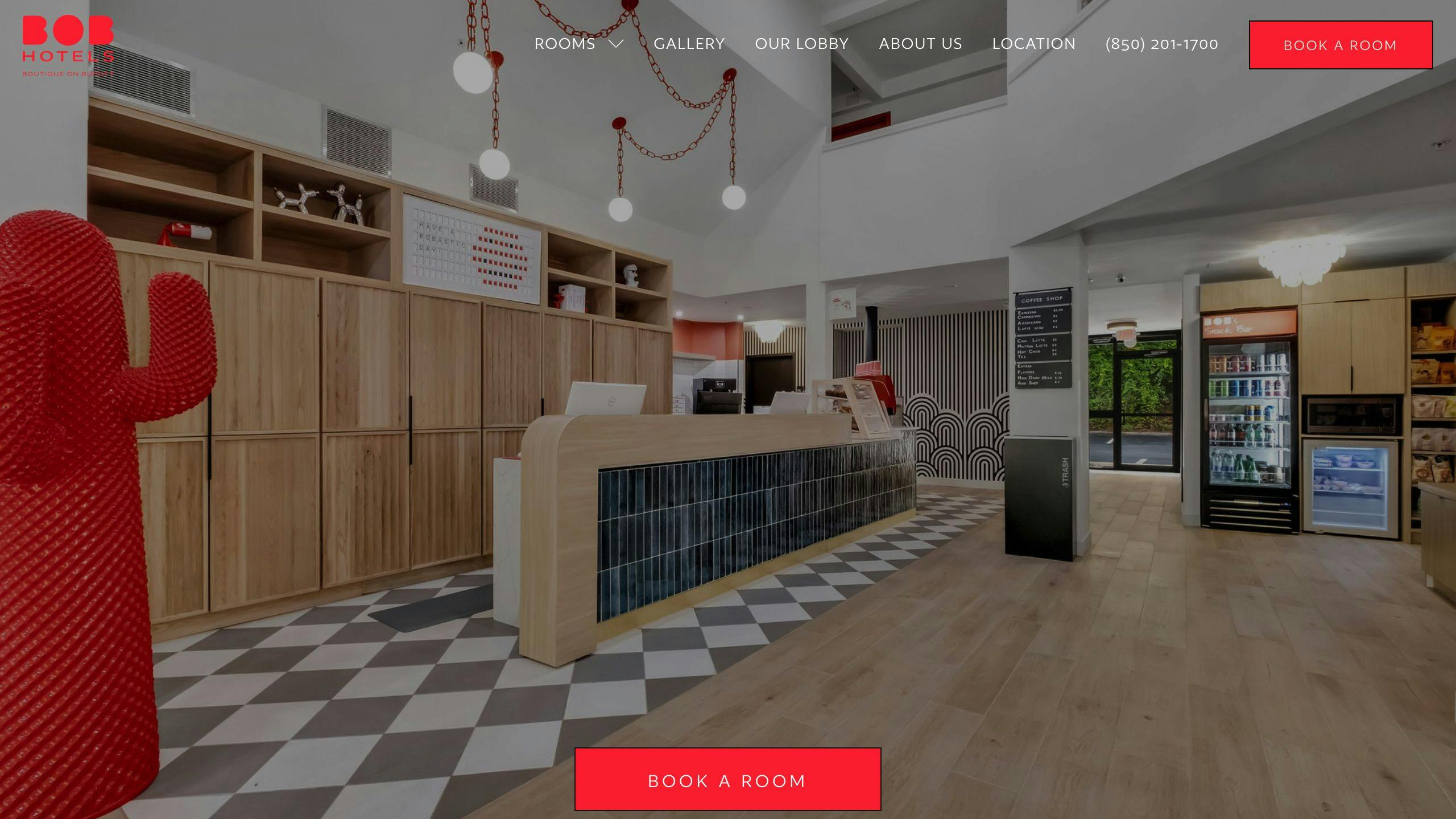
BOB Hotels Tallahassee shows how boutique hotels can use social media to attract travelers on a budget. By focusing on visual storytelling and guest-created content, the hotel highlights its stylish amenities and affordable luxury, appealing to younger travelers looking for memorable stays.
Their social media strategy spans several platforms, each with a specific role:
| Platform | Focus | Audience Response |
|---|---|---|
| Highlighting rooms and amenities | Strong engagement (ages 18-34) | |
| Sharing community updates | Reaches a diverse audience | |
| UGC (User-Generated Content) | Guest photos and reviews | Builds credibility |
By weaving in local attractions and cultural references, BOB Hotels creates a more relatable and engaging travel story that connects with current trends in authentic travel experiences.
The Role of User-Generated Content
Guest-created content is a key element of BOB Hotels Tallahassee's strategy. Photos of the hotel's café, modern rooms, and pool, paired with genuine reviews, emphasize its promise of boutique comfort at an affordable price. This kind of content not only enhances trust but also inspires others to book, leveraging the persuasive power of social proof.
Statistics back up this approach: 68% of travelers share trip photos on social media, and 53% aim to inspire others with their posts [2]. As BOB Hotels gears up for franchise expansion in 2025, this strategy highlights how social media can drive growth for boutique hotels targeting budget-conscious travelers.
This example illustrates how social media can fuel growth for boutique accommodations while aligning with the changing preferences of modern travelers, shaping a new era in travel marketing.
Conclusion: Travel in a Social Media-Driven World
The example of BOB Hotels Tallahassee highlights how social media shapes travel choices and encourages budget-friendly experiences. With 35% of consumers worldwide using social platforms for travel ideas [1], these tools have become central to the travel industry. However, their impact comes with both opportunities for discovery and challenges like maintaining cultural respect and sustainable practices.
Generational preferences also play a role in how social media influences travel. Gen Z gravitates toward TikTok and Instagram for relatable content, Millennials lean on user reviews, and older generations often rely on Facebook and YouTube for trip planning [1].
Representation in travel content is key to creating meaningful experiences. Zenovia Stephens, Founder of Black Adventure Crew, explains:
"When I look at a travel guide or a website, I'm going to be a lot more inclined to keep looking, reading, or even planning a visit if I see myself reflected. Why? Because nobody wants to go somewhere feeling as if they don't belong, aren't wanted, or may not even be safe." [5]
Tips for Travelers and Businesses
To make the most of social media-driven travel:
- Travelers: Seek experiences that feel genuine, rather than focusing solely on picture-perfect moments.
- Businesses: Share diverse, relatable content that connects with audiences and encourages responsible tourism.
This strategy is impactful - 78% of Americans say social media influencers have inspired them to visit new destinations [1]. Moving forward, the focus should be on blending digital inspiration with real-world connections while prioritizing cultural respect and sustainable tourism.
FAQs
How does social media affect tourism statistics?
Social media has become a key player in how travelers find and choose destinations, outpacing older methods like travel agents (29%), print media (26%), and television (25%) [1]. Preferences for platforms and their influence differ across generations:
| Age Group | Social Media Influence | Primary Platforms |
|---|---|---|
| Gen Z | 81% | TikTok, Instagram |
| Millennials | 75% | Instagram, Facebook |
| Gen X | 50% | Facebook, YouTube |
| Baby Boomers | 32% |
Social media’s influence goes beyond just inspiring ideas - it drives action. A striking 75% of travelers have visited places they found on social media, compared to 64% influenced by traditional media and 47% swayed by personal recommendations [1]. Notably, six in 10 TikTok users have discovered new travel spots through the platform [1], showing the growing impact of short-form videos.
This trend sparks questions about how social media shapes perceptions of destinations, affects cultural understanding, and plays a role in promoting responsible tourism.


